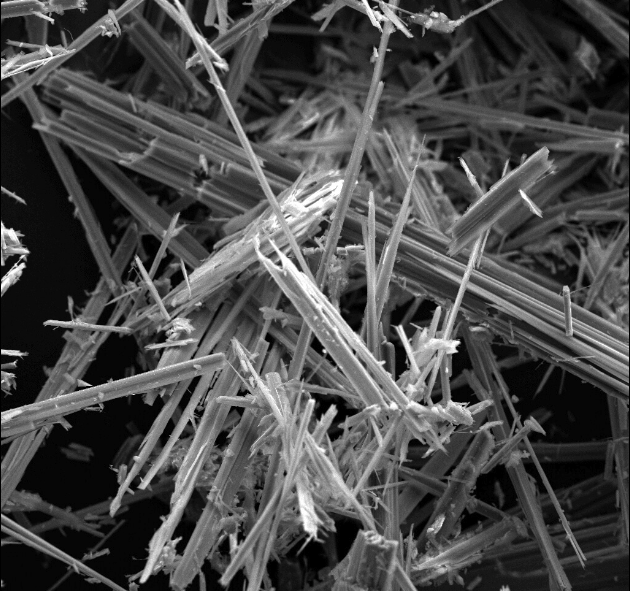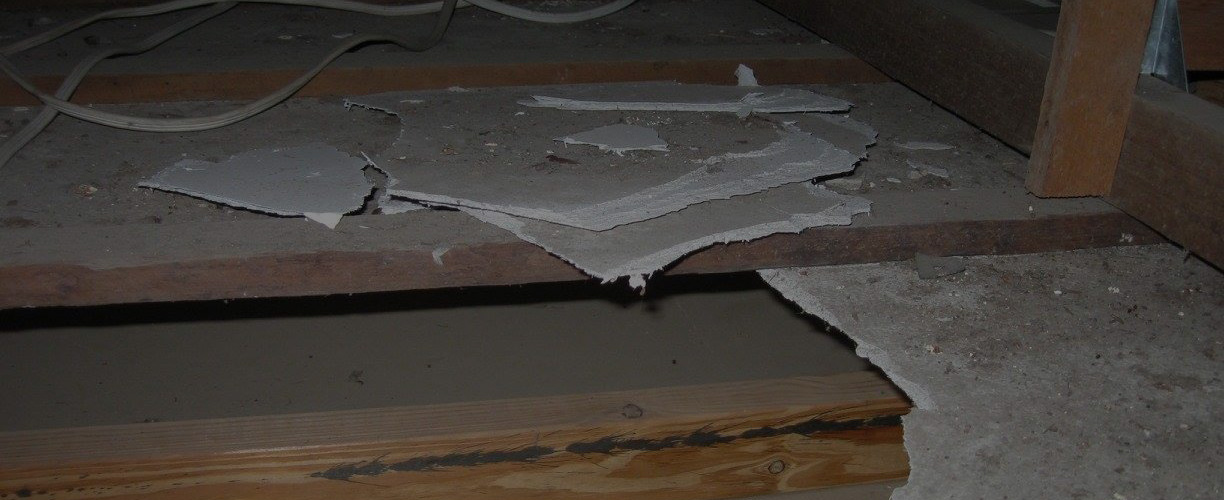Asbestos Assessments are necesary because asbestos was once a popular building material in Australia due to its fire-resistant and insulation properties. However, inhaling asbestos fibres can cause serious health problems, including lung cancer, mesothelioma, and asbestosis. All Australian workplaces are regulated by the Work Health and Safety (WHS) 2017 regulation and the Victorian Occupational Health and Safety (OH&S) regulation to protect public health.
An asbestos assessment (also known as an asbestos survey or audit) is an evaluation of the presence, type, and condition of asbestos-containing materials (ACMs) in a building. The purpose of an asbestos assessment is to identify any potential risks associated with ACMs and to produce an asbestos register and management plan for the work area, ensuring that work is performed safely and in compliance with relevant regulations and laws.
During an asbestos assessment, the Licensed Asbestos Assessor (LLA) will inspect the building and its systems, components, and materials. Materials are often sampled to determine if, and what types of asbestos fibres are present and to identify the bonding matrix holding the fibres in place. These in-field and laboratory asbestos assessments are critical in determining asbestos risk.
There are two types of asbestos survey: division 5 asbestos audit, which is a non-intrusive survey, and division 6 asbestos audit, which is an intrusive survey.
A division 5 asbestos audit involves visual inspections and sampling of accessible areas to determine if ACMs are present. Under the WHS 2017 and OH&S 2017, this type of survey is required in commercial properties (places of work) built before 2004.

A division 6 asbestos audit is an intrusive survey and involves destructive methods of assessment. This type of survey is currently only required in Victoria under the OH&S 2017 when work that could disturb ACMs is planned, such as demolition or renovation work. During a division 6 asbestos audit, the surveyor may remove materials such as carpet or wall sheeting to determine if ACMs are concealed.
Air monitoring (airborne asbestos testing) is often an important part of an asbestos assessment. Air monitoring involves taking air samples to determine if asbestos fibres are present in the air. This type of testing is necessary to determine if fibres are being released into the atmosphere, which could pose a risk to workers and building occupants. This type of testing is often used to validate control measures and to document that the exposure limit of <0.01 fibres/mL hasn’t been breached.
The results of an asbestos assessment are documented in an asbestos audit report. The report should include information on the location and condition of ACMs, the type of ACMs, and the recommendations for managing the risks associated with the ACMs. The asbestos register is a critical document that must be kept on-site with the building’s asbestos report and asbestos management plan.
In conclusion, conducting a professional asbestos assessment is essential in identifying the presence of ACMs in a building. A Licensed Asbestos Assessor should only carry it out, and the results should be documented in an asbestos audit report. The report, along with the asbestos register and management plan, is critical in ensuring that work can be carried out safely and in compliance with relevant regulations and laws.

